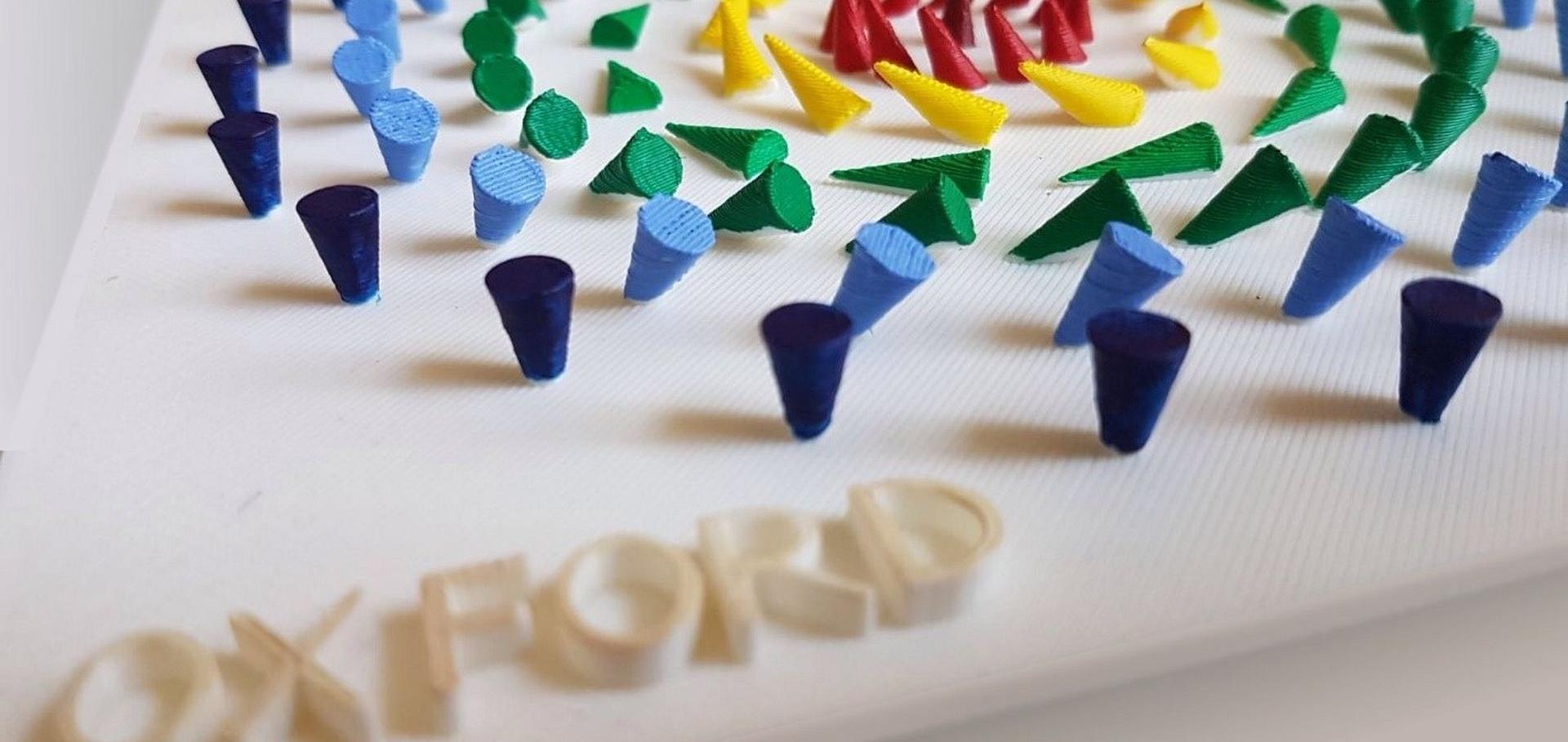Modelling ferromagnetic resonance in magnetic multilayers: Exchange coupling and demagnetisation-driven effects
Journal of Applied Physics AIP Publishing 115:17 (2014) 17d140
Engineering of Bi2Se3 nanowires by laser cutting
The European Physical Journal Applied Physics EDP Sciences 66:1 (2014) 10401
Study of Gd-doped Bi2Te3 thin films: Molecular beam epitaxy growth and magnetic properties
Journal of Applied Physics 115 (2014) 2
Nonvolatile full adder based on a single multivalued Hall junction
SPIN World Scientific Publishing 3:2 (2013) 1350008
Abstract:
Multivalued logic devices are promising candidates for achieving high-density, low-power memory and logic functionalities. We present a ferromagnetic multilayer Hall junction device with four distinct resistance - and thus logic - states. The states can be encoded as a quaternary bit and decoded into two binary bits. We demonstrate a nonvolatile full adder that is based on a single Hall junction, the extraordinary Hall balance. The device can be easily integrated into complex logic circuits for logic-in-memory architectures.Extraordinary hall balance
Scientific Reports 3 (2013)


